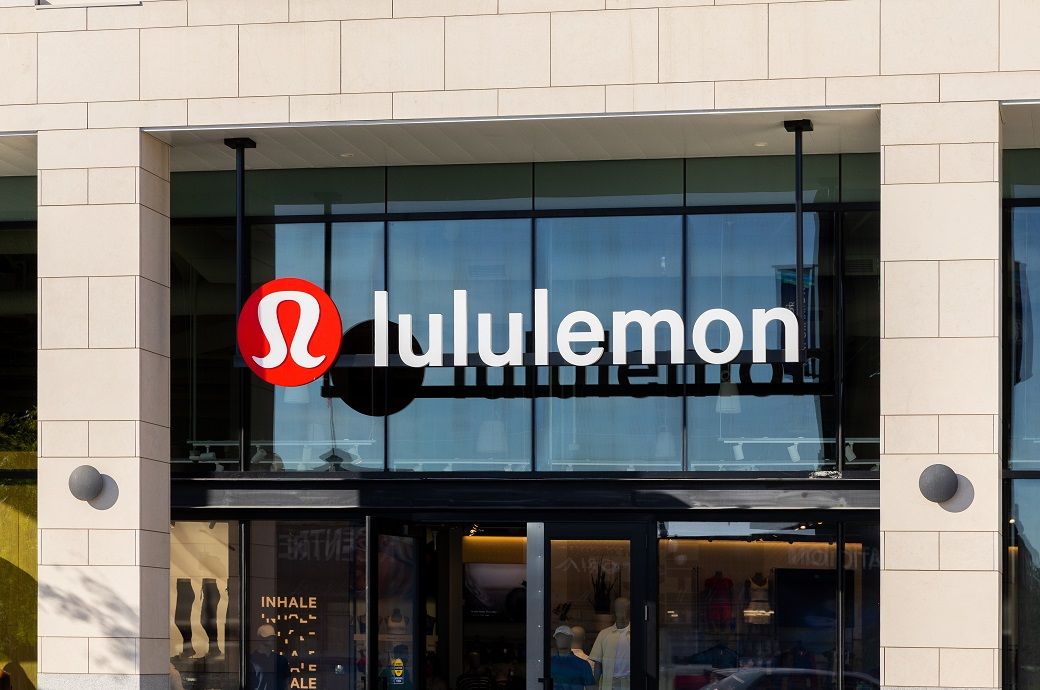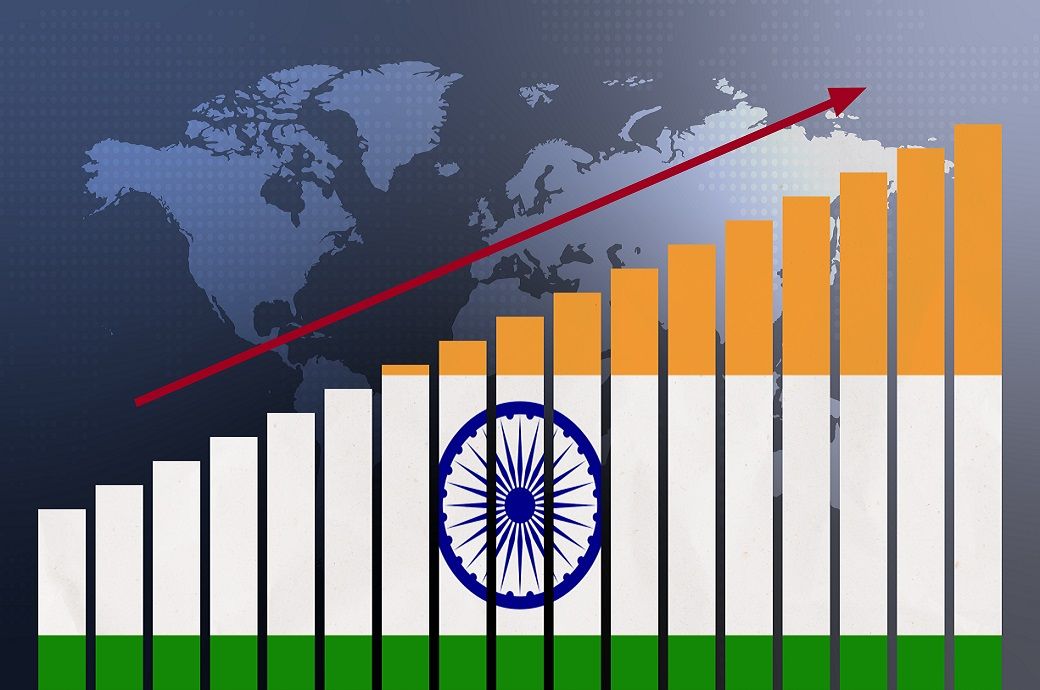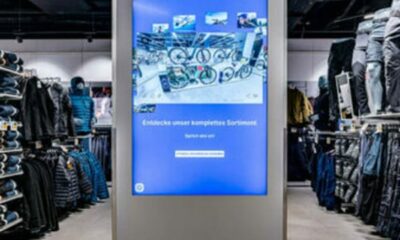Fashion
Occasion2Smile expands K-beauty presence with new shop in Porto

Translated by
Nazia BIBI KEENOO
Published
October 8, 2025
After promising last June at the opening of its first Lisbon store that Porto would be its next focus, Occasion2Smile — which offers more than 20 South Korean cosmetics brands — has now opened in Porto, bringing its total number of physical stores in Portugal to two in just three months. From October 10 to 12, Occasion2Smile will also participate in Beauty in Town (BiT), the beauty market held at NorteShopping.
In March 2024, siblings Inês and Rodrigo Melo Moreira launched the Occasion2Smile online store, available at Occasion2smile.com/pt, with the support of their father, a lawyer, and their mother, an accountant.
Thanks to TikTok, the brand grew rapidly, opening two brick-and-mortar stores dedicated exclusively to K-beauty this year in Portugal’s main cities: the first in June on Rua de Entrecampos in Lisbon, and the second in September on Rua da Constituição in Porto.
Among the best-selling South Korean brands at Occasion2Smile are ANUA, Haruharu Wonder and SKIN1004, alongside other highly coveted names such as Beauty of Joseon, COSRX, Round Lab and Medicube.
The retailer also offers a selection of emerging products that are still little known in the West, including the award-winning 1025 Dokdo Toner by Round Lab; donkey milk-based products from Selenus, SKYMILK and Tovegan; a line featuring integrated microneedling technology from VT Cosmetics; Dr. Althea’s 345 Relief Cream regenerating gel-cream, designed to treat blemishes; and Aromatica’s Quinoa Protein Shampoo, which helps repair hair damaged by the loss of the Cell Membrane Complex (CMC).
Some of its current bestsellers include Tirtir’s foundation and Tfit’s body-care products.
These natural formulas — known for cleansing and moisturizing the skin, providing sun protection and reducing signs of aging, wrinkles, blemishes and acne — also stand out for their sophisticated packaging and wide range of high-quality products.
This article is an automatic translation.
Click here to read the original article.
Copyright © 2025 FashionNetwork.com All rights reserved.
Fashion
Chanel debuts A$AP Rocky as ambassador, with Margaret Qualley teaser video

Published
November 30, 2025
Chanel has appointed A$AP Rocky as a new brand ambassador and debuted his tenure with a teaser video shot in New York co-starring Margaret Qualley.
The video appeared Sunday just 48 hours before Chanel’s couturier Michel Blazy will stage his debut collection of Métiers d’Art also in New York. It’s a unique line first created by Karl Lagerfeld that highlights the unique stable of artisans Chanel has assembled in such skills as embroidery, pleating, glove-making and costume jewelry.
Directed by Michel Gondry, the 2.49-minute short opens with the stars waking up in the bed of a walkup apartment in Williamsburg. Where, after a quick peck on her lover’s forehead, Qualley disappears into a tiny bathroom, before magically changing out of her blue nightie and reappearing in a red, white and blue houndstooth Chanel jacket, paired with pale blue pants, her hair in a chignon.
https://www.youtube.com/watch?v=live
No sooner than she has disappeared, than A$AP leaps out of bed and descends the tenement building’s outside steel stairs and sets off on a mad dash after Qualley. This leads to him swimming under the Brooklyn Bridge, and running north through the Lower East Side, before finally catching up with Qualley at Astor Place station. All the action backed up my moody ambient music courtesy of Le Motel.
In between, the rapper and husband of Rihanna, manages to find time to stop in two discount stores to acquire pants and a blazer. Arriving just in time, to genuflect onto one knee, and hold out a small white Chanel box, containing one assumes a diamond engagement ring, at the station entrance. The sight of which leads the actress to leap into the air in paroxysm of joy, before the happy couple march arm and arm back into the subway.
And off one assumes to attend the Métiers d’Art show, which will be revealed on Tuesday, 8 p.m. NYC time.
Copyright © 2025 FashionNetwork.com All rights reserved.
Fashion
Canada’s Lululemon revamps commercial strategy with new global leader

Ms. Burgoyne joined lululemon in 2006 and became the company’s first President in 2020. Throughout her tenure, she has assumed roles of increasing responsibility and led the North America business through periods of rapid growth and expansion.
Lululemon Athletica has announced that Celeste Burgoyne, president of the Americas and global guest innovation, will leave at the end of December 2025 after 19 years with the brand.
The company will consolidate regional leadership and has appointed André Maestrini as president and chief commercial officer, giving him global oversight of stores, regions, digital channels and commercial strategy.
“We are grateful for Celeste’s leadership and significant contributions to lululemon’s business and culture over the past 19 years. She has been instrumental in growing our footprint in the Americas, creating high-quality guest experiences, and mentoring our teams across the organization,” said Calvin McDonald, Chief Executive Officer, lululemon. “I deeply appreciate her partnership and friendship, and we wish her all the best in the future.”
“My time at lululemon has been both inspiring and rewarding beyond belief,” said Ms. Burgoyne. “I am so proud of what we have accomplished as an organization since I joined in 2006 and know the team will take the company to even greater heights in the years to come. I look forward to continuing to support the brand as a lifelong fan.”
In conjunction with this announcement, lululemon has made the decision to consolidate regional leadership across the company and appoint André Maestrini as President and Chief Commercial Officer, effective immediately. Mr. Maestrini will continue to report directly to Mr. McDonald.
In this newly created role, Mr. Maestrini will provide integrated oversight of all of lululemon’s regions, stores, and digital channels globally. He will also oversee lululemon’s global commercial strategy with a focus on continued market expansion, revenue generation, and accelerating best practice sharing, across all regions including North America.
Mr. Maestrini joined lululemon in 2021 as Executive Vice President of International. In his current role, he has overseen lululemon’s operations in EMEA, APAC, and China Mainland, and has helped to more than quadruple lululemon’s international revenues.
“André has demonstrated a proven ability to unlock opportunities, advance our global expansion, and deliver growth across multiple markets,” said Mr. McDonald. “Leveraging operational discipline, deep guest insights, and extensive brand-building experience, André is the ideal person to lead our business across all markets, including North America, as we remain focused on delivering value for our guests, employees, and shareholders.”
Before joining lululemon, Mr. Maestrini spent 14 years at adidas in various senior roles across the globe. During this time, he served in a number of General Manager positions where he helped grow the company’s global sports categories and regional markets. Prior to adidas, Mr. Maestrini held marketing roles at The Coca-Cola Company, Danone, and Kraft Jacobs Suchard.
Note: The headline, insights, and image of this press release may have been refined by the Fibre2Fashion staff; the rest of the content remains unchanged.
Fibre2Fashion News Desk (RM)
Fashion
India’s growth expected to be robust despite external headwinds: IMF

Under the baseline assumption of prolonged 50-per cent US tariffs, India’s real gross domestic product (GDP) is projected to grow at 6.6 per cent in fiscal 2025-26 (FY26) before moderating to 6.2 per cent in FY27, the IMF said.
The reform of the goods and services tax (GST) and the resulting reduction in the effective rate are expected to help cushion the adverse impact of tariffs.
Despite external headwinds, India’s growth is expected to be robust, backed by favourable domestic conditions, the IMF has said.
Assuming prolonged 50-per cent US tariffs, FY26 real GDP may grow at 6.6 per cent before moderating to 6.2 per cent in FY27.
Further deepening of geo-economic fragmentation could lead to tighter financial conditions, higher input costs and lower trade, FDI and economic growth.
Headline inflation is projected to remain well contained, reflecting the one-off effect of the GST reform and continued benign food prices, it remarked in a release.
Looking ahead, India’s ambition to become an advanced economy can be supported by advancing comprehensive structural reforms that enable higher potential growth, the IMF noted.
There are significant near-term risks to the economic outlook. On the upside, the conclusion of new trade agreements and faster implementation of structural reform domestically could boost exports, private investment and employment.
On the downside, further deepening of geo-economic fragmentation could lead to tighter financial conditions, higher input costs and lower trade, foreign direct investment (FDI) and economic growth.
Unpredictable weather shocks could affect crop yields, adversely impact rural consumption and reignite inflationary pressures, the IMF added.
Fibre2Fashion News Desk (DS)
-

 Sports7 days ago
Sports7 days agoWATCH: Ronaldo scores spectacular bicycle kick
-

 Entertainment7 days ago
Entertainment7 days agoWelcome to Derry’ episode 5 delivers shocking twist
-

 Politics7 days ago
Politics7 days agoWashington and Kyiv Stress Any Peace Deal Must Fully Respect Ukraine’s Sovereignty
-

 Business1 week ago
Business1 week agoKey economic data and trends that will shape Rachel Reeves’ Budget
-

 Tech5 days ago
Tech5 days agoWake Up—the Best Black Friday Mattress Sales Are Here
-

 Fashion7 days ago
Fashion7 days agoCanada’s Lululemon unveils team Canada kit for Milano Cortina 2026
-

 Tech5 days ago
Tech5 days agoThe Alienware Aurora Gaming Desktop Punches Above Its Weight
-

 Politics1 week ago
Politics1 week ago53,000 Sikhs vote in Ottawa Khalistan Referendum amid Carney-Modi trade talks scrutiny
















